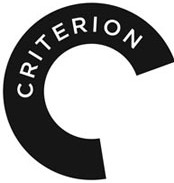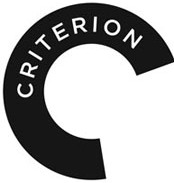The Criterion Collection, a continuing series of important classic and contemporary films presents Under the Bridges.
 Puttering up and down the Havel River, bargemen Hendrik and Willi (Carl Raddatz and Gustav Knuth) dream of meeting a decent woman, getting married, and living a “solid life.” While traveling to Berlin, they meet forlorn Anna (Hannelore Schroth) on Potsdam’s Glienicker Bridge and mistake her for a potential suicide. The pair provide her with refuge on their barge as it heads for Berlin and each takes a fancy to the young woman, but she is too guarded to reciprocate and their friendship strains under the tension of their humble romantic rivalry. Stylishly representing working class lives in a poetic realist style, Helmut Käutner’s Under the Bridges is a heart-winning drama that imagined German life and love free from the traumas of World War II and stands as an underappreciated masterpiece of German cinema.
Puttering up and down the Havel River, bargemen Hendrik and Willi (Carl Raddatz and Gustav Knuth) dream of meeting a decent woman, getting married, and living a “solid life.” While traveling to Berlin, they meet forlorn Anna (Hannelore Schroth) on Potsdam’s Glienicker Bridge and mistake her for a potential suicide. The pair provide her with refuge on their barge as it heads for Berlin and each takes a fancy to the young woman, but she is too guarded to reciprocate and their friendship strains under the tension of their humble romantic rivalry. Stylishly representing working class lives in a poetic realist style, Helmut Käutner’s Under the Bridges is a heart-winning drama that imagined German life and love free from the traumas of World War II and stands as an underappreciated masterpiece of German cinema.
SPECIAL FEATURES:
- New 4K digital restoration, with uncompressed monaural soundtrack on the Blu-ray
- Audio commentary by German film scholar Robert Reimer
- Who Is Helmut Käutner?, Marcel Neudeck’s 2008 portrait of the director
- New and improved English subtitle translation
- PLUS: A new essay by film scholar Philip Kemp
